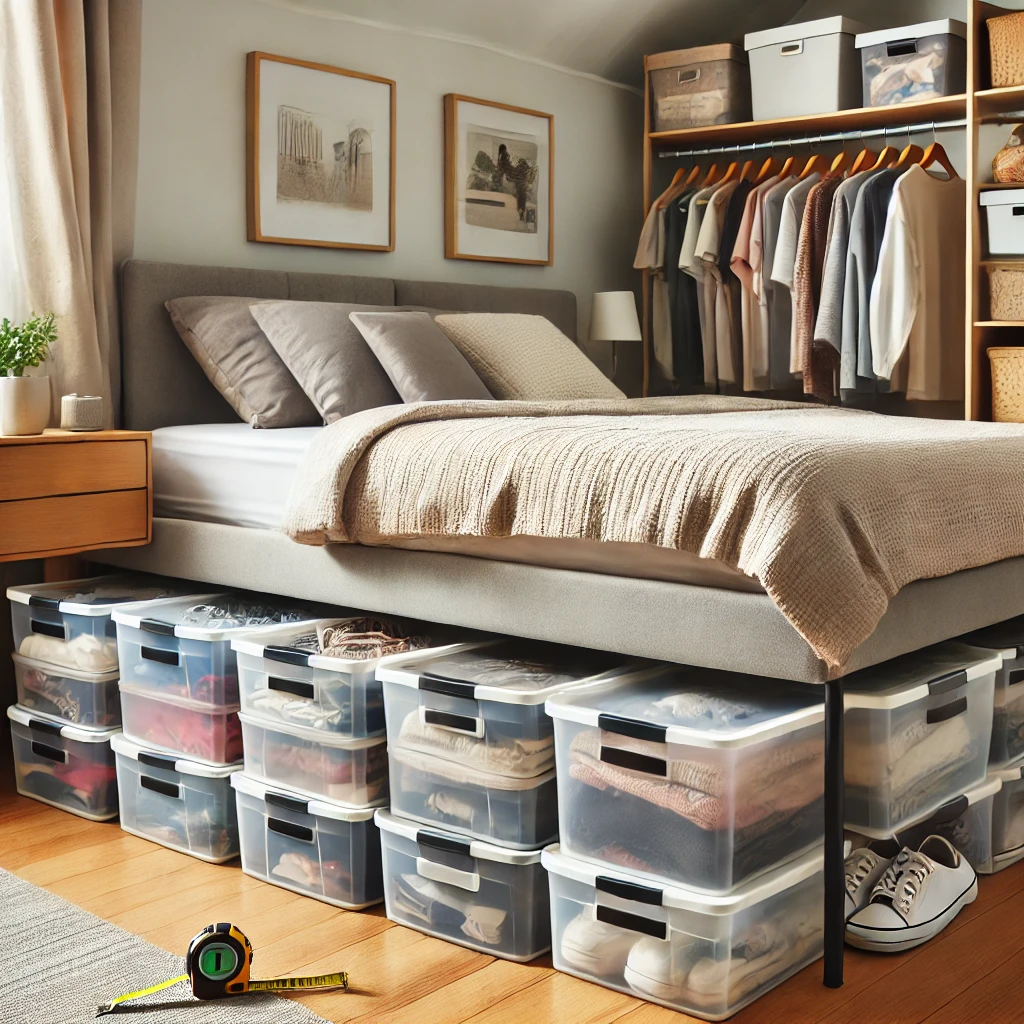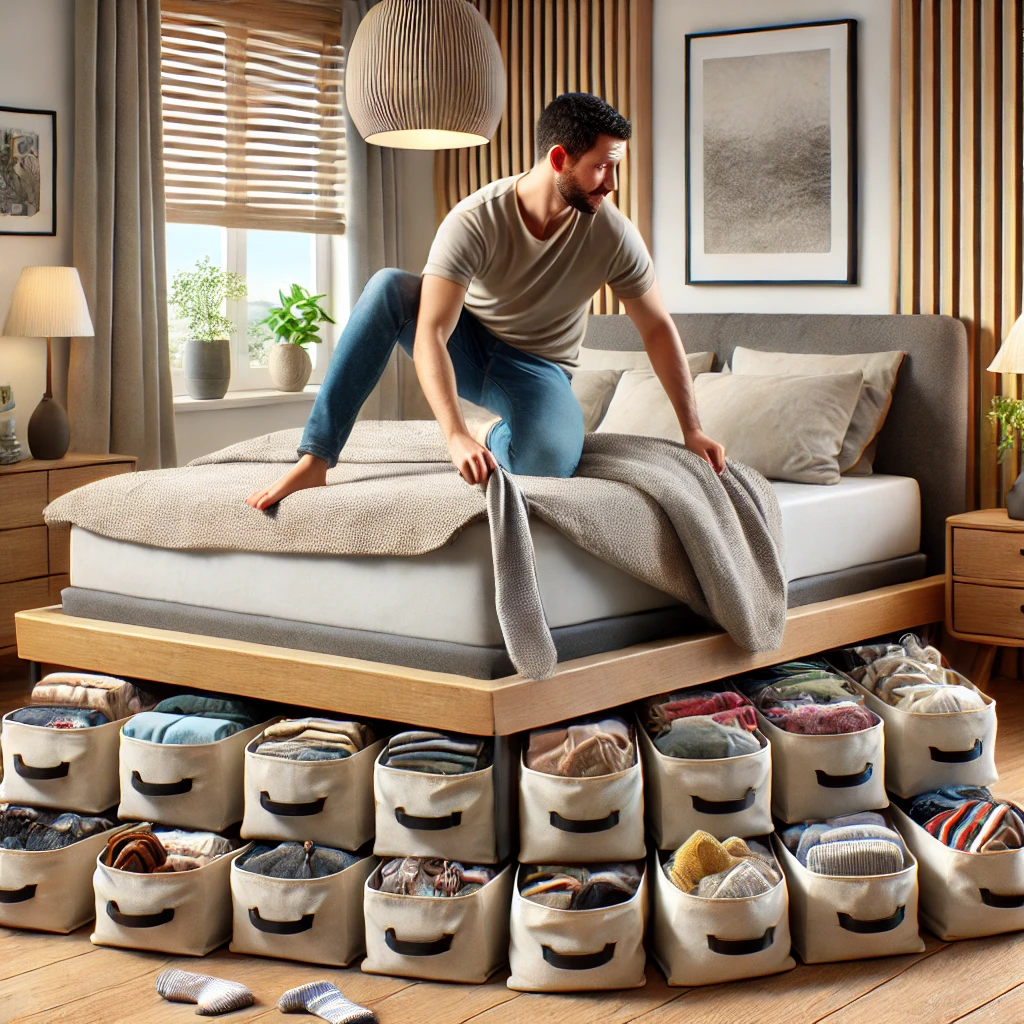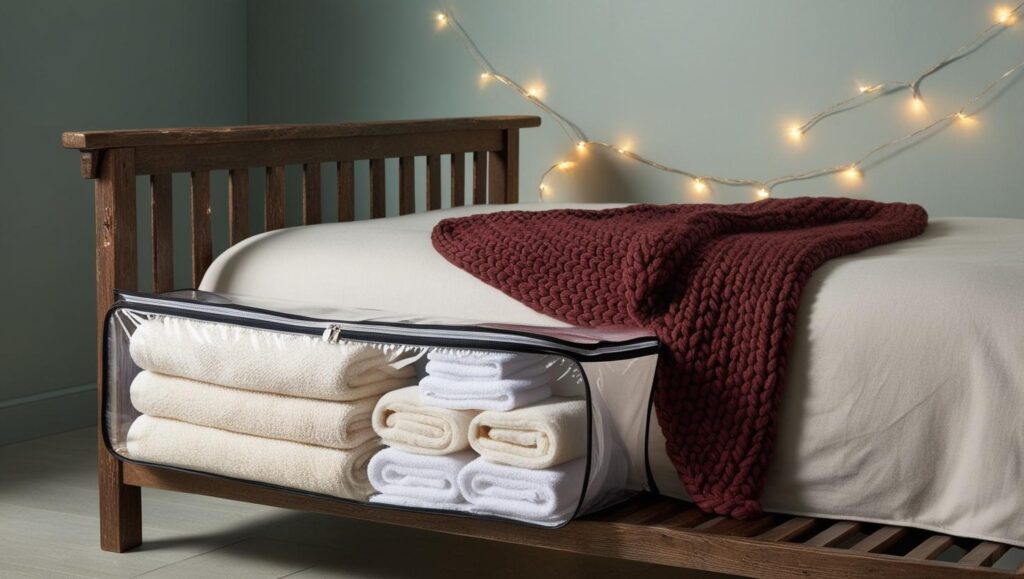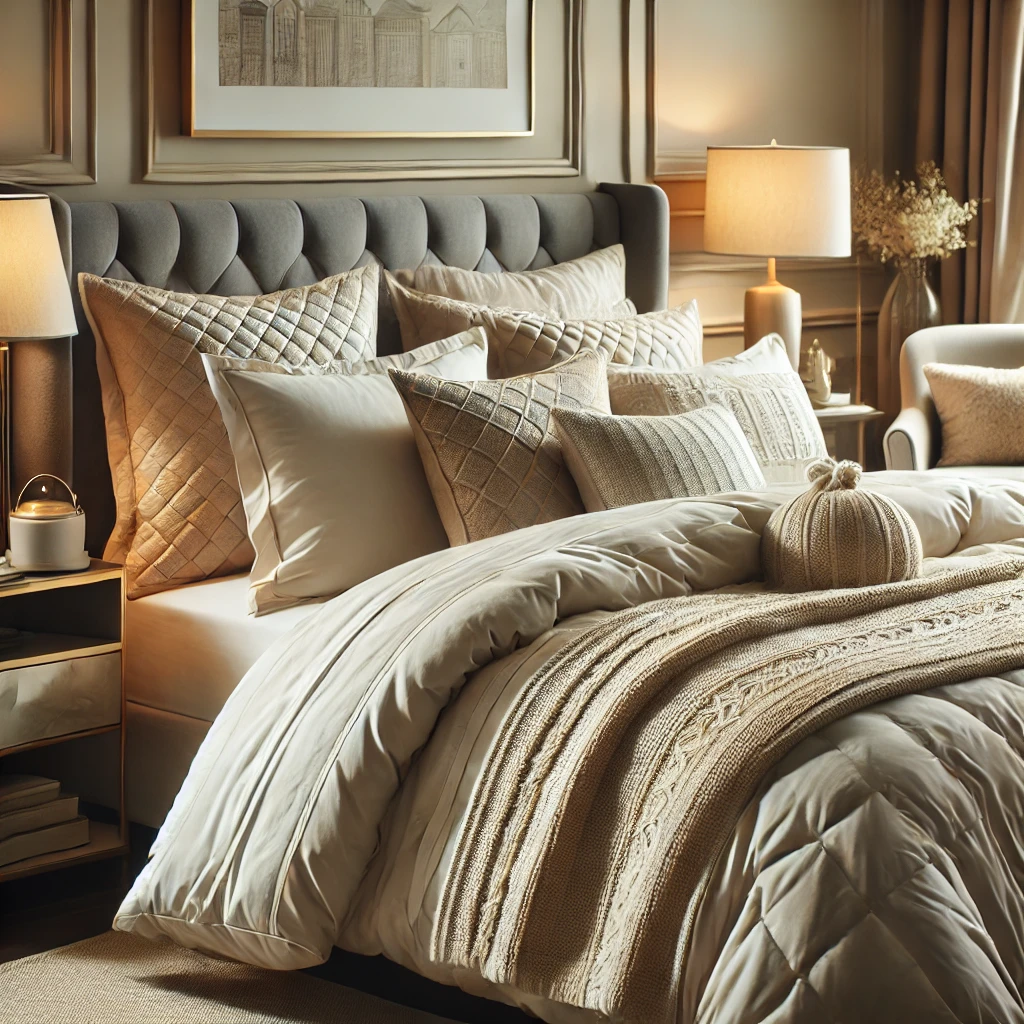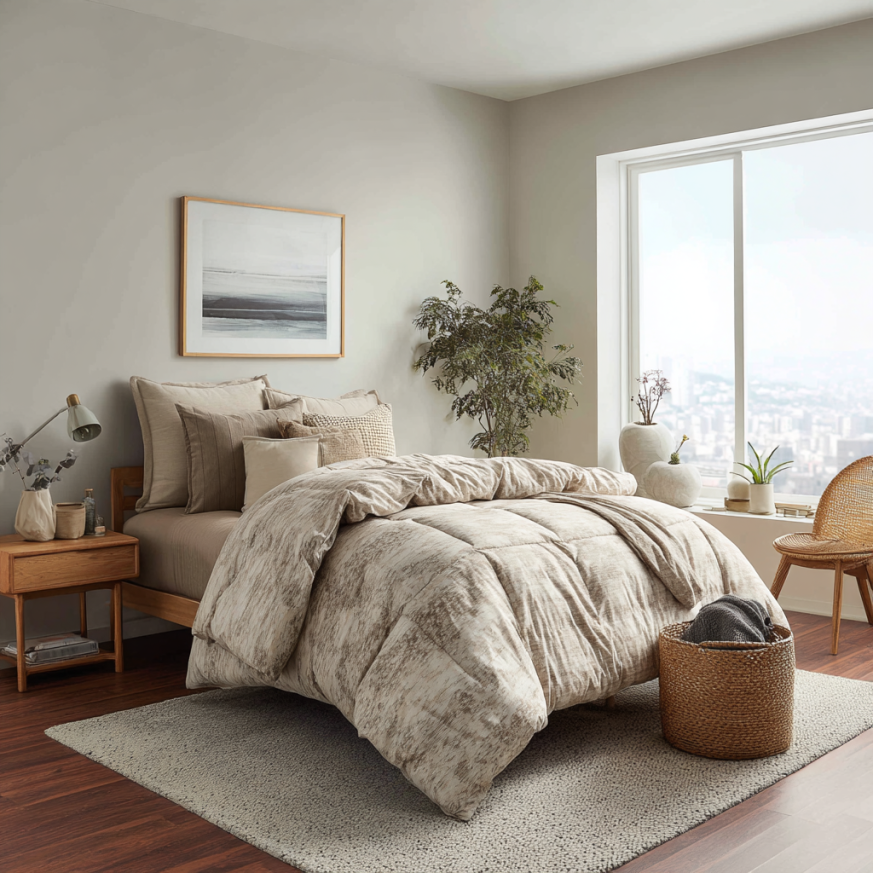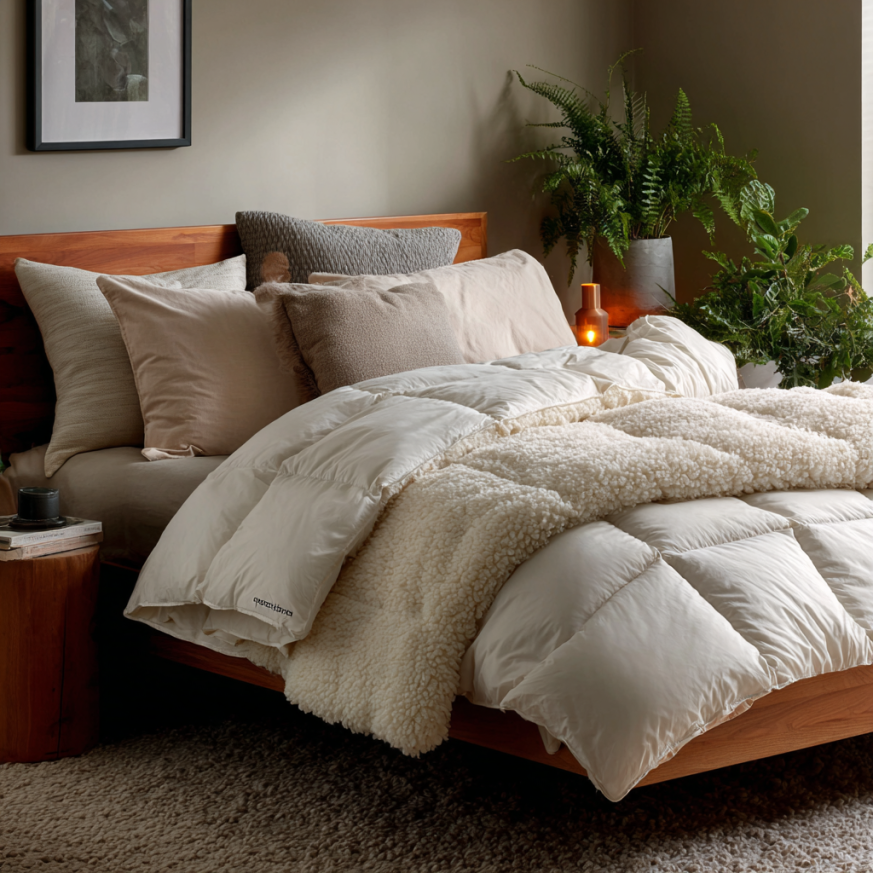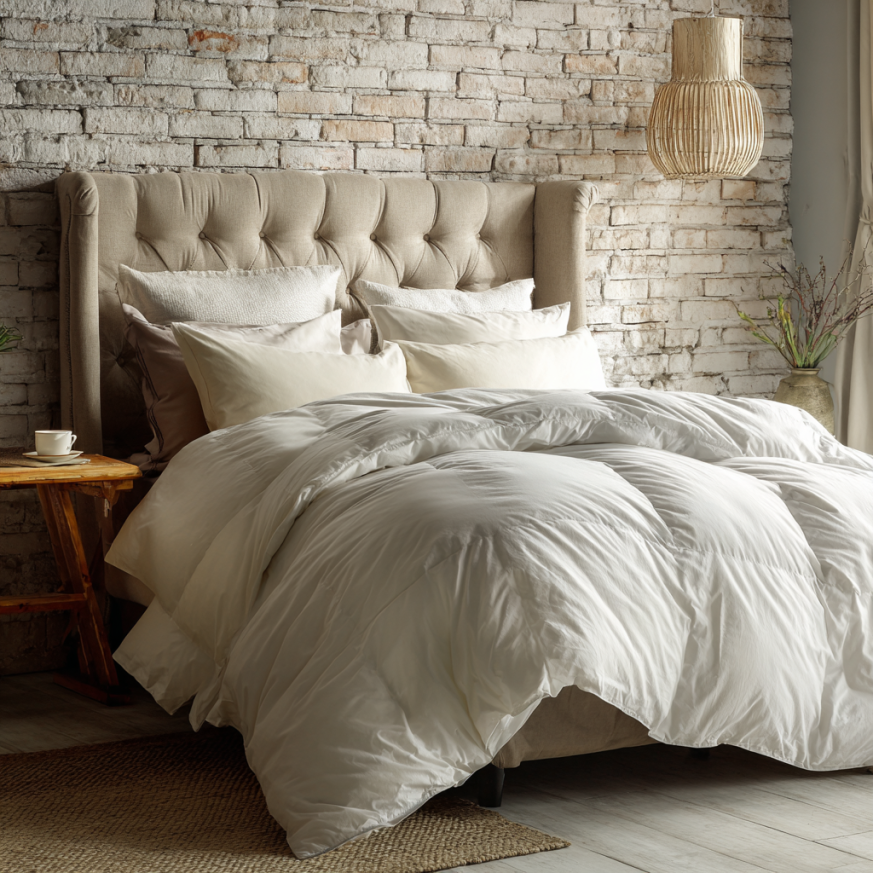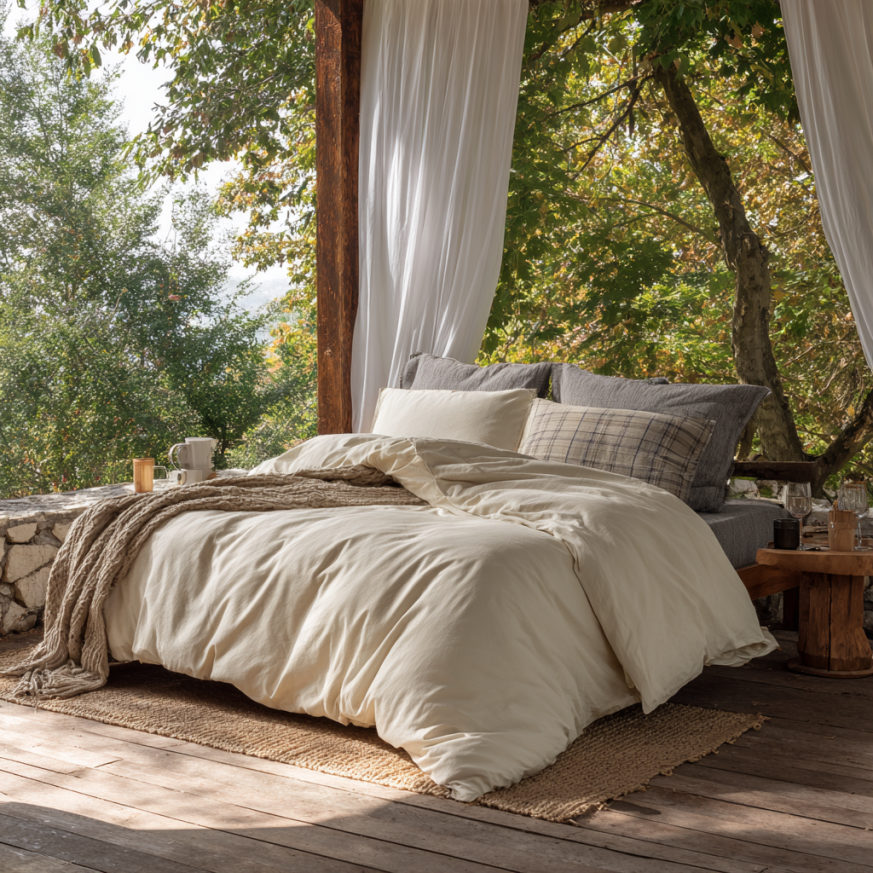Wooden Bed Designs
Wooden bed designs offer a timeless combination of beauty, comfort, and durability. Whether you’re aiming for rustic charm or modern minimalism, there’s a style to elevate every bedroom.
Key Takeaways
- Wooden bed designs are versatile, matching a wide range of interior styles
- Durability makes them a long-term investment
- Options include rustic, modern, traditional, and custom creations
- Sustainable choices support eco-friendly living
The Timeless Appeal of Wooden Beds
One reason wooden bed designs remain popular is their natural aesthetic. The unique grain patterns and warm tones of wood create a serene and cozy ambiance. Unlike metal or upholstered frames, wood brings organic character that matures with time. A quality wooden bed can serve as a bedroom centerpiece for decades, especially with proper care.
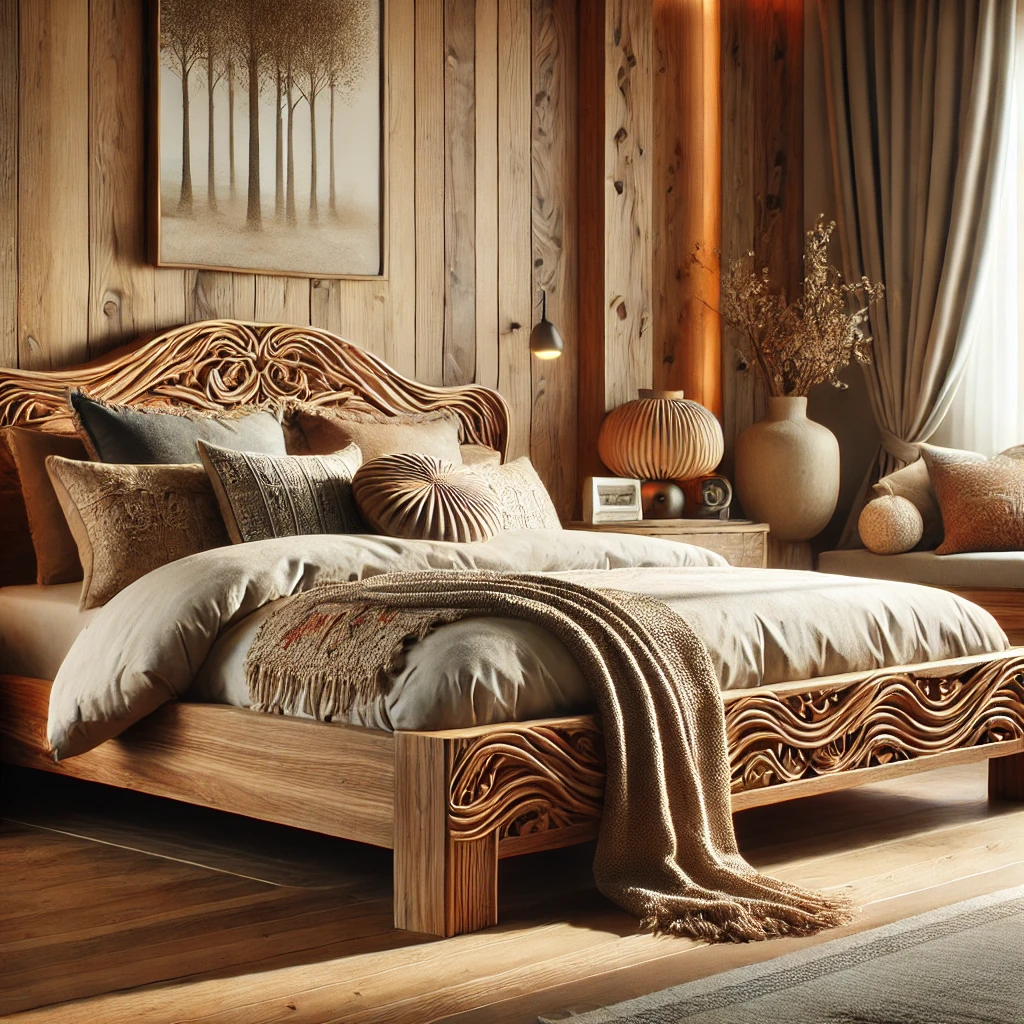
Choosing wooden bed designs means welcoming elegance and comfort into your space, anchored by the beauty of nature.
Styles of Wooden Beds
Wooden bed designs span a variety of aesthetics to suit every personality and decor preference:
- Rustic Designs: Showcase wood’s natural imperfections for a cozy, farmhouse feel.
- Modern Wooden Beds: Feature sleek lines and minimalist shapes, perfect for contemporary interiors.
- Traditional Styles: Highlight ornate carvings and refined details, exuding classic sophistication.
Custom Wooden Beds
If off-the-shelf isn’t your style, custom wooden bed designs offer the chance to express your unique taste. Partner with a skilled carpenter to choose the wood type, dimensions, finish, and features that reflect your vision. Want built-in bookshelves or an adjustable frame? A custom design brings your ideas to life with craftsmanship and care.
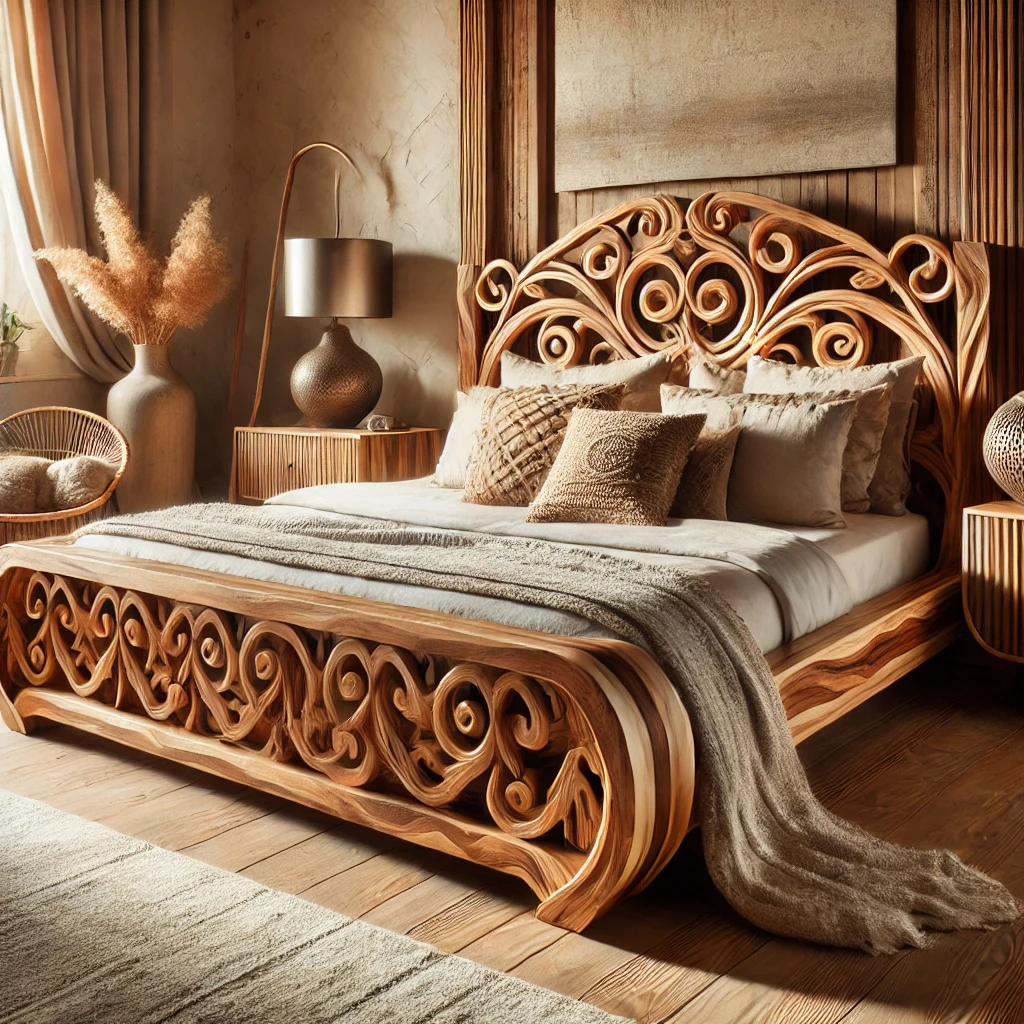
Custom wooden bed designs are perfect for homeowners seeking a one-of-a-kind focal point tailored to their lifestyle.
Sustainable Options
Many manufacturers are now offering eco-conscious wooden bed designs using reclaimed wood or FSC-certified lumber. These options reduce environmental impact while telling a story through aged textures and rich patina. Sustainability and style go hand in hand when you choose responsibly sourced materials.

Choosing sustainable wooden bed designs supports environmental responsibility while preserving artisanal beauty.
Functional Features
Beyond style, wooden bed designs increasingly include smart storage and ergonomic enhancements:
- Built-In Storage: Under-bed drawers or shelving help declutter smaller spaces.
- Adjustable Frames: Allow for personalized height and sleeping positions.
These features turn wooden beds into functional centerpieces that work as hard as they charm.
Coordinating Bedroom Decor
Wooden bed designs pair well with a variety of palettes and textures. Earth tones, pastels, or even monochromes all highlight wood’s natural appeal. Pair your frame with soft textiles, layered bedding, and woven rugs for depth. Add nightstands in a matching finish or a dramatic upholstered headboard for contrast.
Thoughtfully styling your bedroom around wooden bed designs enhances both visual appeal and comfort.
Maintenance Tips
- Dust your bed frame weekly to maintain its finish.
- Apply wood conditioner every 6–12 months for lasting protection.
- Keep the bed out of direct sunlight to prevent warping or fading.
With these simple habits, your wooden bed design will stay beautiful and strong for years to come.
FAQ
What is the best wood for bed designs?
Hardwoods like oak, walnut, teak, and maple are best for durability and aesthetic appeal in wooden bed designs.
Are wooden bed designs eco-friendly?
Yes, especially when made from reclaimed wood or FSC-certified sustainable lumber, wooden bed designs can be very eco-friendly.
How do I maintain a wooden bed?
Regular dusting, using wood polish, and avoiding sunlight will help maintain the quality of your wooden bed design.
Learn more in our guide to four-poster beds, or explore how to style wardrobes to match wooden beds. For small spaces, check out space-saving bed designs.
For more insights, visit the Sleep Foundation’s guide to bed frames or explore FSC-certified wood sources.


